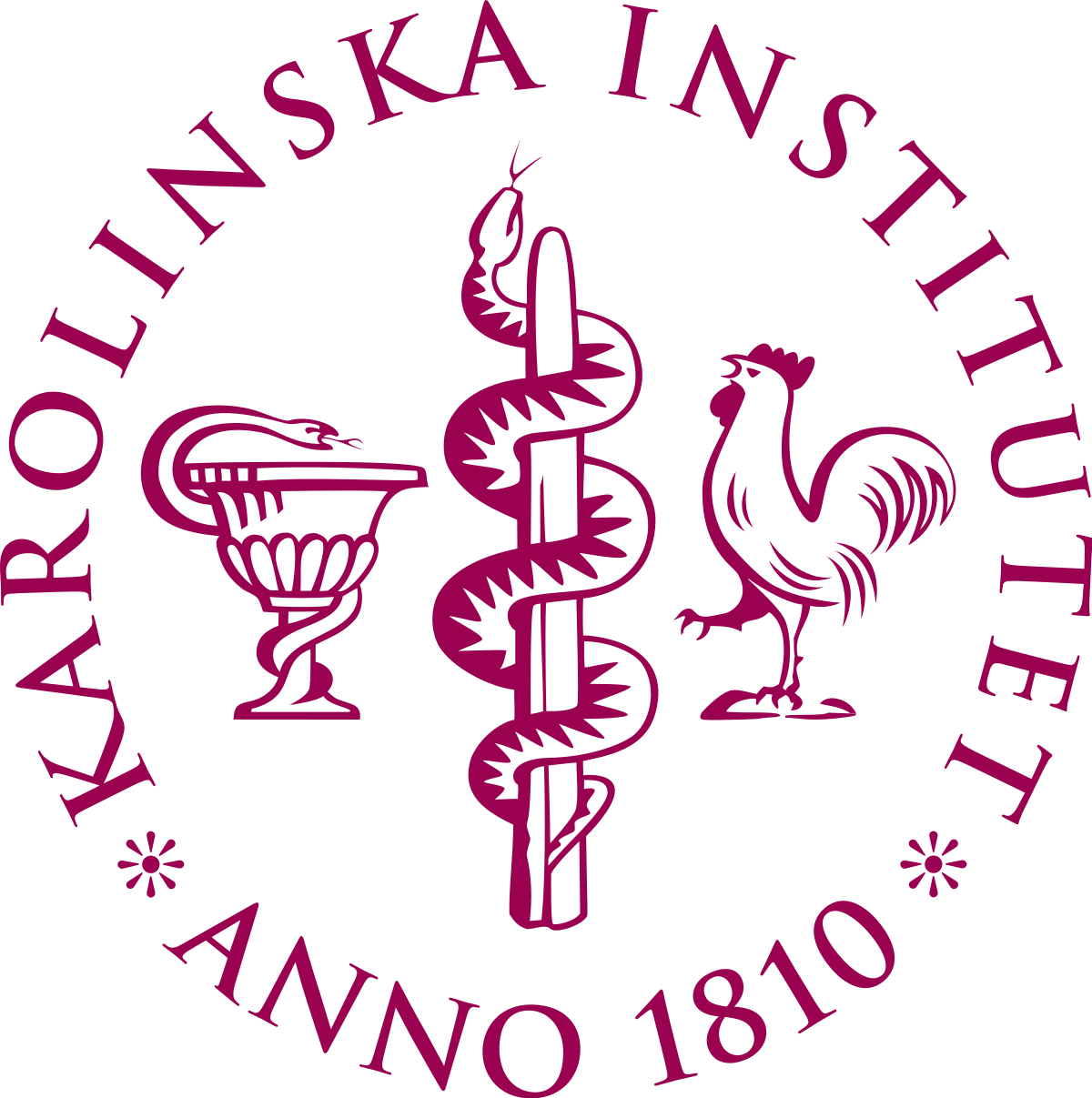 The Karolinska Institutet in Sweden has declared that once-lauded surgeon Paolo Macchiarini and three co-authors committed misconduct in a 2015 paper.
The Karolinska Institutet in Sweden has declared that once-lauded surgeon Paolo Macchiarini and three co-authors committed misconduct in a 2015 paper.
The decision by KI’s vice chancellor will be followed by a request to retract the paper, published by the journal Respiration.
In the paper, the researchers described the case of a man with an acute lung disorder, in which he received an experimental treatment involving the use of his own blood-derived cells and the drug erythropoietin, which stimulates the production of red blood cells. The patient “demonstrated an immediate, albeit temporary, clinical improvement,” according to the authors. However, he ultimately died of multisystem organ failure.
Continue reading Macchiarini, 3 co-authors found guilty of misconduct in 2015 paper

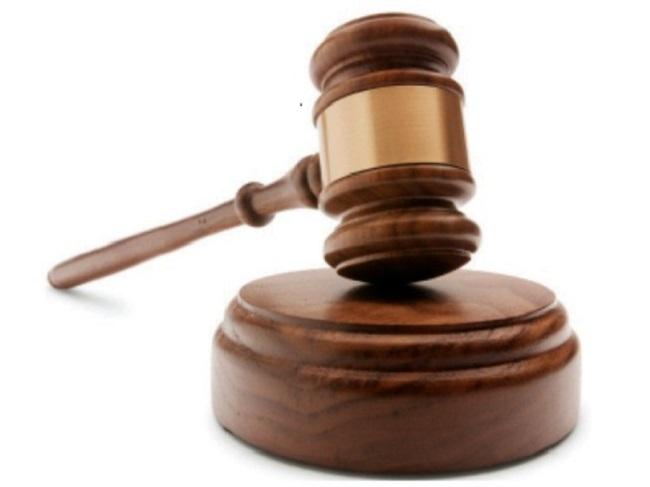
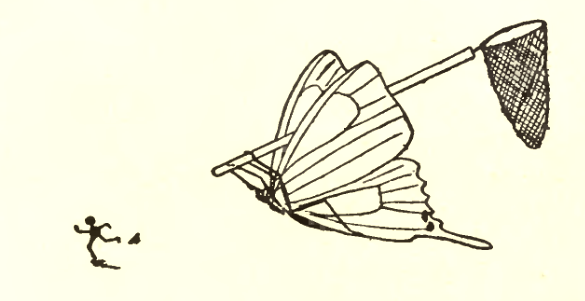 Title:
Title: 

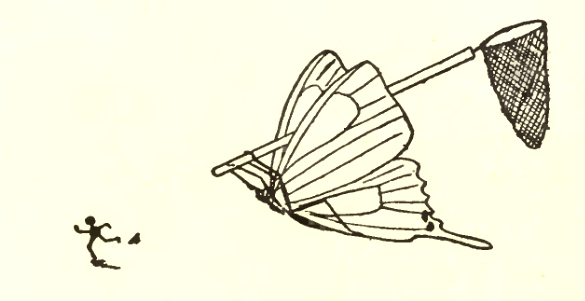 Title:
Title: 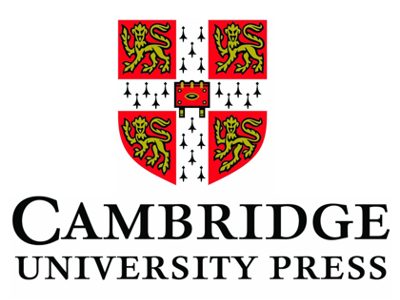 A paleontology journal has retracted a recent paper after discovering it had published the
A paleontology journal has retracted a recent paper after discovering it had published the  A journal has retracted a
A journal has retracted a 